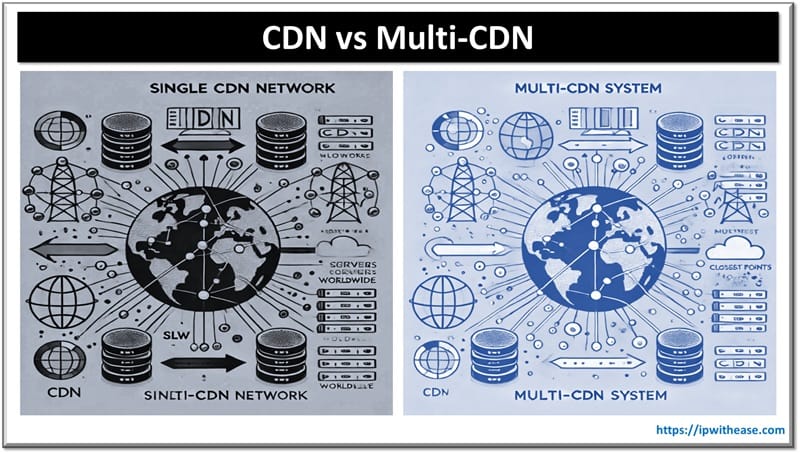Bitcoin is often famously known as a digital asset and a payment system. Transactions are verified by network nodes through cryptography and recorded in a special public dispersed ledger called a blockchain. Bitcoin is special and unique in that there are a finite number of them: 21 million is the most cited number. Bitcoins are always created as a reward for a process known as mining.
They can then be promptly exchanged for other currencies, products, and services. Over 100,000 merchants, vendors, and other businesses accepted bitcoin as payment. This article is going to break down the basics of Bitcoin, so that IT professionals have a better understanding of the system and can make more informed decisions about whether or not to accept it as payment.
How It Works?
Bitcoin is a decentralized peer-to-peer electronic cash system that doesn’t require a central authority, like a bank, to manage its transactions. Instead, Bitcoin uses a public ledger called a blockchain to record and verify all the transactions that take place on the network. The ledger is maintained by a distributed network of computers, or nodes, that all have a copy of the blockchain and work together to keep the network running smoothly.
Any time a user wants to send or receive Bitcoin, they need to use a wallet application. The wallet application generates a unique address, called a public key, that can be used by anyone to send Bitcoin to the user. The user also has a unique private key, which is used to sign all transactions and prove ownership of the bitcoins in their wallet.
Transactions
When a user wants to send Bitcoin, they create a transaction that includes:
- The number of Bitcoin being sent
- The public key of the recipient
- The digital signature of the sender
Once the transaction is created, it is broadcast to the network of nodes where it is verified by each node. Once verified, the transaction is added to the blockchain and then it can’t be changed or reversed. The process of mining Bitcoin is how new Bitcoin are created.
Miners use special software to solve complex math problems and are rewarded with a certain number of Bitcoin for each one they solve. The math problems are designed to be difficult to solve but easy to verify. This is what helps keep the network secure from fraud and double spending.
Now you know what Bitcoin is and how it works, here’s what you need to look out for.
Keep on Top of the Conversation Rates
The value of Bitcoin can fluctuate, and it’s important to stay on top of the exchange rate if you’re planning on accepting it as payment. You don’t want to end up losing money because the value of Bitcoin dropped since you last checked the rates. Use a BTC to USD conversion to always know how much 1 BTC is worth in US dollars. That way, you can price your goods and services accordingly.
Be Aware of the Fees
When you’re sending or receiving Bitcoin, there are usually fees associated with the transaction. The amount of the fee depends on a few factors, like the size of the transaction and the current network activity. Be sure to factor in the fees when you’re pricing goods and services in Bitcoin. You don’t want to end up losing money because the fees ate up too much of the transaction.
Be Careful of Scams
Since Bitcoin is a decentralized system, there is no customer service to contact if you have a problem. This also means that there is no one to protect you from scams. Be very careful when you’re sending or receiving Bitcoin, and make sure that you’re dealing with a reputable person or business. There have been cases of people losing their Bitcoin because they were scammed. So, just be careful and use common sense, and you should be fine.
Continue Reading:
What are Cryptocurrency Scams & how to avoid these Crypto Scams?
ABOUT THE AUTHOR
IPwithease is aimed at sharing knowledge across varied domains like Network, Security, Virtualization, Software, Wireless, etc.



